Your Guide to a Less-Itchy Yard: Using Plants to Naturally Discourage Ticks & Fleas
I’ve been designing gardens for a long time, and one of the first questions people ask, especially if they have kids or a dog, is about ticks. It’s a totally valid concern. You want your backyard to be a safe haven, not a place you’re constantly worried about pests. A lot of folks hear that a few specific plants are the magic answer, hoping a lavender bush will act like some kind of invisible force field.
In this article
And I have to be honest right from the start: plants alone won’t solve the entire problem. But—and this is a big but—they are a fantastic and powerful piece of a much larger puzzle.
Think of it this way: you’re making your yard a much less appealing place for pests to hang out. Ticks and fleas find their way around using their sense of smell. By planting things with strong, aromatic oils, you’re basically scrambling their radar. It’s a key tool in a toolbox that also includes smart lawn care and cleaning up potential pest hideouts. It’s not about one ‘magic’ plant; it’s about creating a healthier, more resilient yard that naturally keeps those unwanted guests moving along.
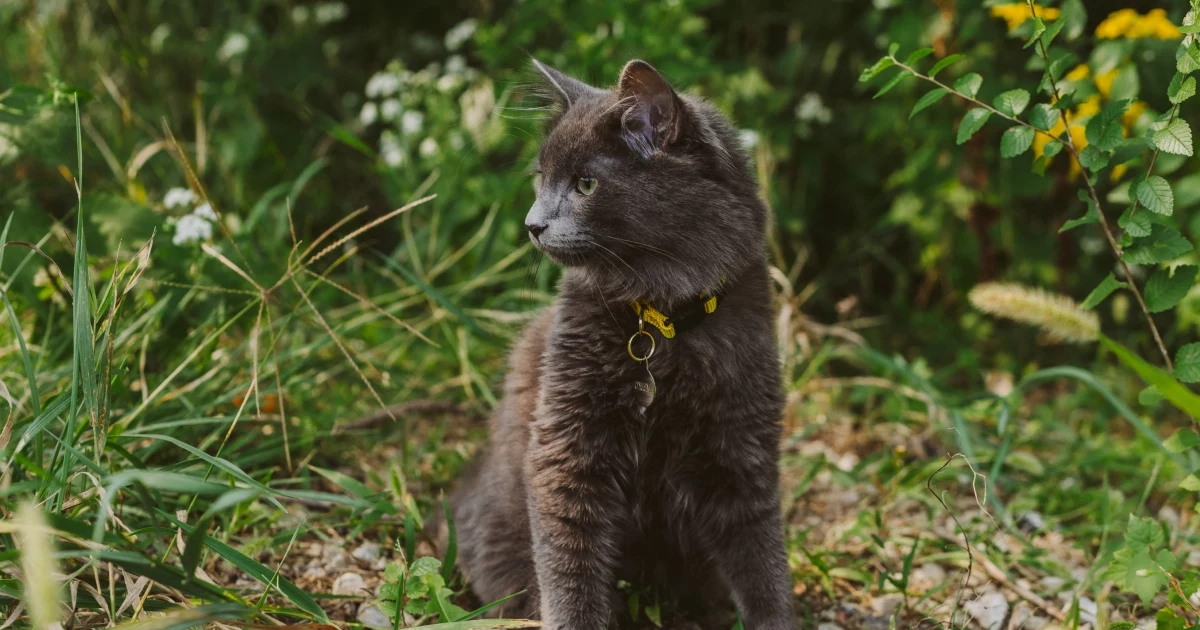
So, How Does This Actually Work?
It’s not garden voodoo, it’s just chemistry. Plants produce what are called volatile organic compounds (VOCs), which are the essential oils that give them their signature smells. For the plant, these oils can be used for anything from attracting bees to fighting off insects that want to munch on them. We’re just borrowing that natural defense for our own benefit.
A tick, for example, has this wild sensory organ on its front legs that detects heat, carbon dioxide, and the specific scents of a potential host (like your golden retriever or, well, you). The powerful smells from certain plants can completely overwhelm or confuse this organ. The tick gets lost in a cloud of rosemary or mint scent, making it way harder for it to zero in on a meal.
The Power Behind the Scent
It all comes down to a few key compounds doing the heavy lifting:
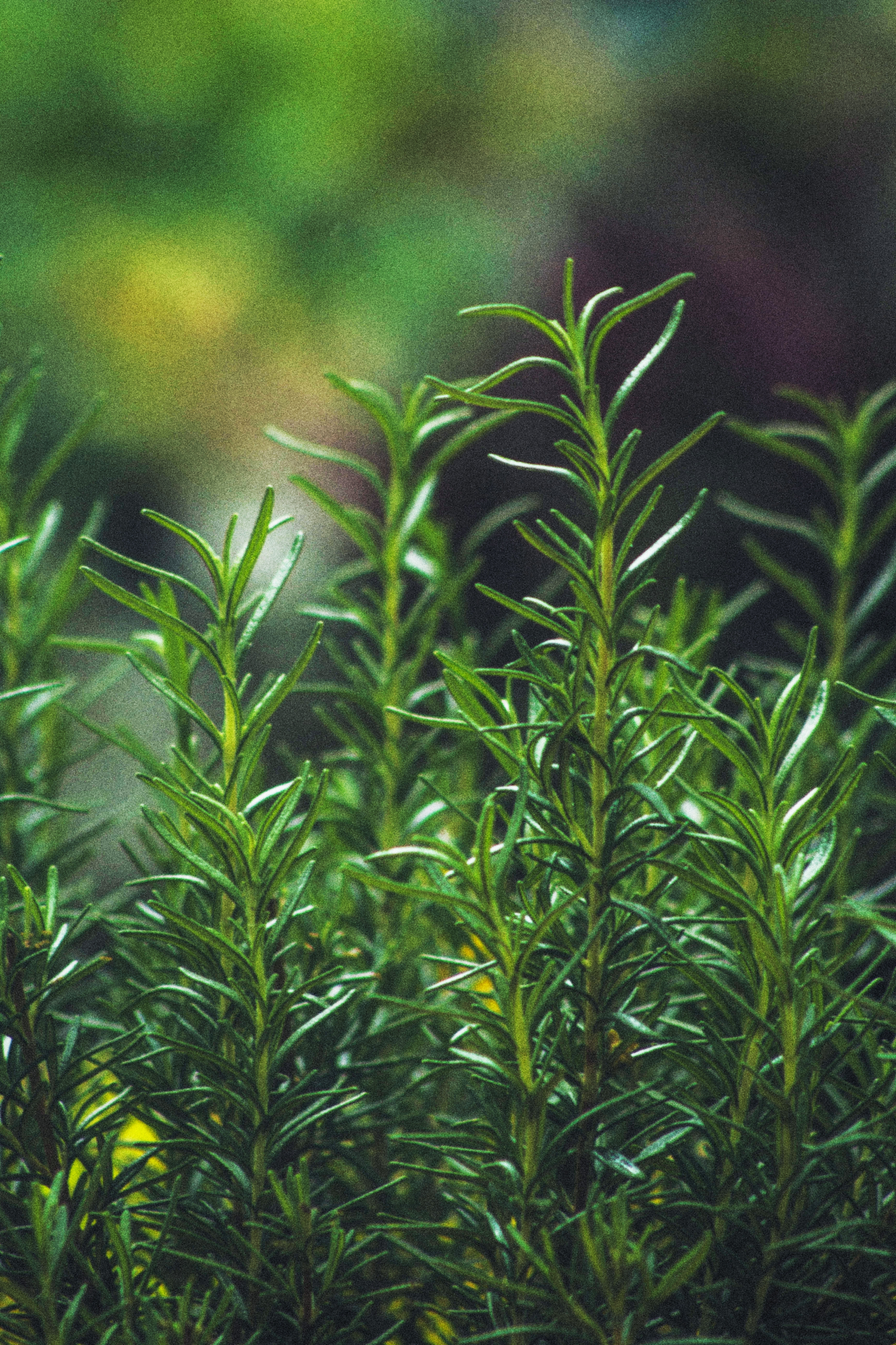
- Eucalyptol: Found in plants like Rosemary, it has a strong, camphor-like smell that’s a known pest repellent.
- Linalool: This is a major component in Lavender’s famous scent. It might be calming for us, but it’s disruptive to fleas and other insects.
- Citronellal: The powerhouse behind Lemongrass. It’s so effective, it’s the main ingredient in most of those outdoor repellent candles you can buy.
- Allicin: Ever crush a clove of garlic? That pungent, sulfurous smell is allicin, and it’s deeply offensive to a lot of pests.
Where You Plant Matters Just as Much as What You Plant
You can’t just stick a rosemary bush in the middle of your lawn and call it a day. The pros think in terms of defensive zones and barriers. Placement is everything.
Create Scented Barriers
Your main goal is to block the common paths pests use to get into your main outdoor living spaces. Ticks love to hang out in taller grass and shrubs right along the edges of patios and walkways. So that’s where you hit them hardest.
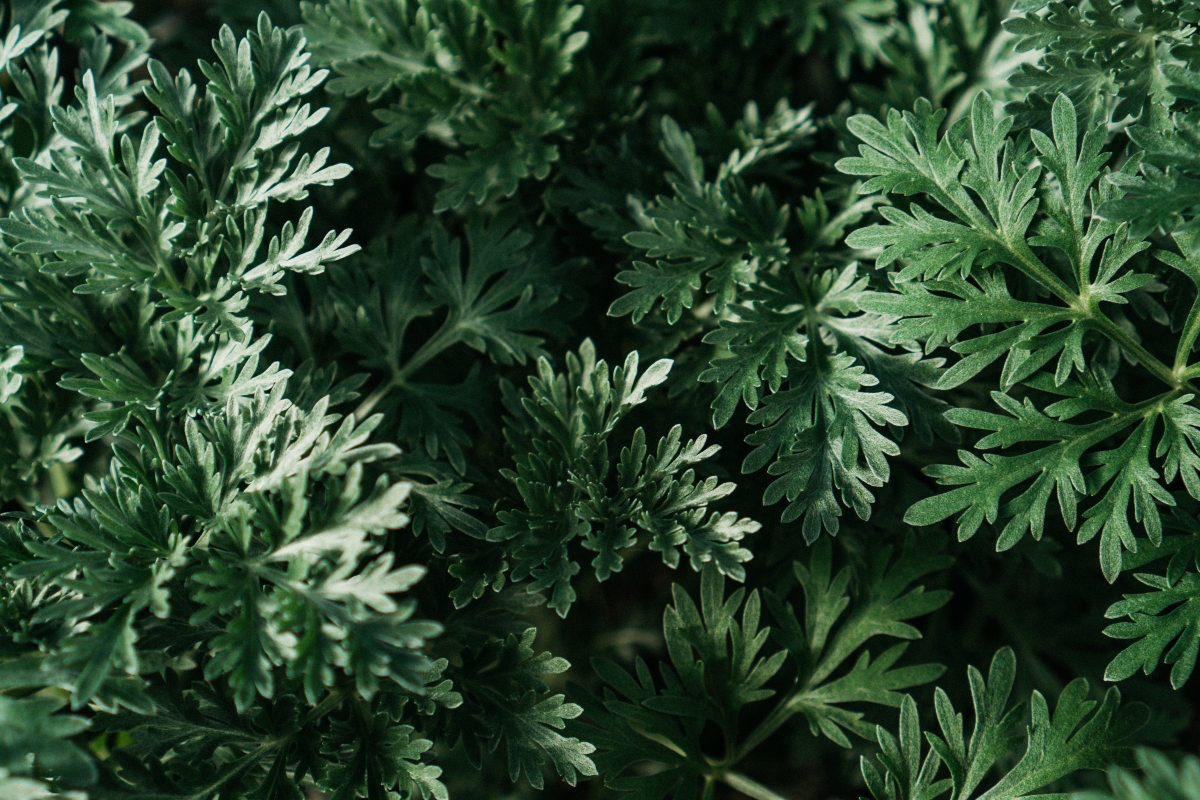
- Along Borders: Plant a dense row of hardy herbs like Lavender, Rosemary, or Catmint along your deck, patio, and walkways. For a nice, thick lavender hedge, try planting them about 18 inches apart. This creates a literal wall of scent.
- At Entryways: A couple of large pots of Lemongrass or Marigolds right by your back door can work wonders. Every time the door opens and closes, it rustles the leaves and refreshes the repellent effect.
- Around Play Areas: Ring your kids’ swing set or sandbox with safe, non-toxic plants like Lavender and Catmint. It adds a nice layer of protection right where it’s needed most.
Don’t Forget to ‘Activate’ the Scent
Here’s a trick I tell all my clients. A plant just sitting there releases some scent, sure, but it releases way more when you disturb it. As you walk by your lavender hedge, just run your hand along the tops. Before you sit down on the patio, give that rosemary bush a little shake. This crushes a few leaves and sends a fresh burst of those essential oils into the air. It’s like turning on your defenses right before you use the space.
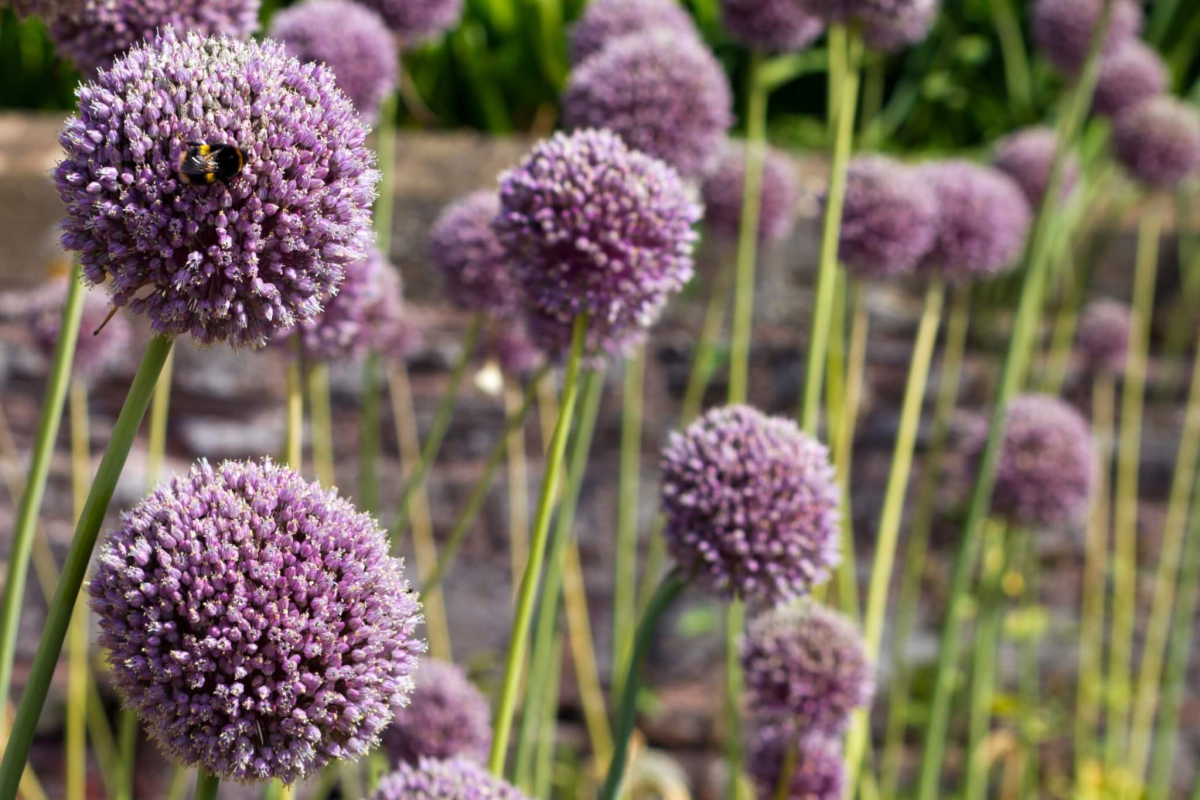
A Closer Look at the Best Repellent Plants
Let’s dive into the details—the good, the bad, and what you can expect to pay.
Rosemary (Salvia rosmarinus)
This is a true workhorse. Its piney scent is powerful, and in warmer zones, it’s evergreen, so it works for you all year. It’s perfect for that hot, sunny strip along your driveway where nothing else seems to survive.
- Pro Tip: Upright varieties are great for a low hedge, while the creeping kind is amazing for spilling over a retaining wall. Every time you brush past, it releases that great smell.
- Pet Safety: Generally considered non-toxic to dogs and cats, but it’s always best to discourage your pets from eating large amounts of any plant.
- Budget: A small 4-inch starter pot will probably run you $5-$8 at a garden center. A larger 1-gallon plant might be $15-$25.
Lavender (Lavandula spp.)
Who doesn’t love lavender? It smells fantastic, attracts bees, and looks beautiful. Fleas and ticks? Not so much. The key to lavender is giving it what it wants: full sun and soil that drains really well. Seriously, it hates having its roots stay wet. (If your soil is heavy clay, plant it in a pot or raised bed!)

- Quick Tip: More lavender is killed by overwatering than neglect. Once it’s established, water it deeply but not very often.
- Pet Safety: Lavender contains linalool, which can be toxic to pets if ingested in large quantities. Most animals avoid the strong scent, but it’s something to be aware of, especially with cats.
- Budget: Similar to rosemary, expect to pay around $6 for a small plant and $18-$25 for a more established one.
Lemongrass (Cymbopogon citratus)
This is where that powerful citronella scent comes from. It’s a tropical grass, so for most of the country, you’ll grow it as an annual in a big pot. It loves heat and grows incredibly fast in the summer, forming a gorgeous, fountain-like clump.
- Heads Up: It needs consistent water to really thrive, especially in a container on a hot patio.
- Pet Safety: Lemongrass is on the ASPCA’s list as being toxic to dogs and cats, potentially causing stomach upset if eaten. It’s best used in pots placed where pets aren’t likely to nibble.
- Budget: You can often find starter plants for about $5-$10 in the spring.
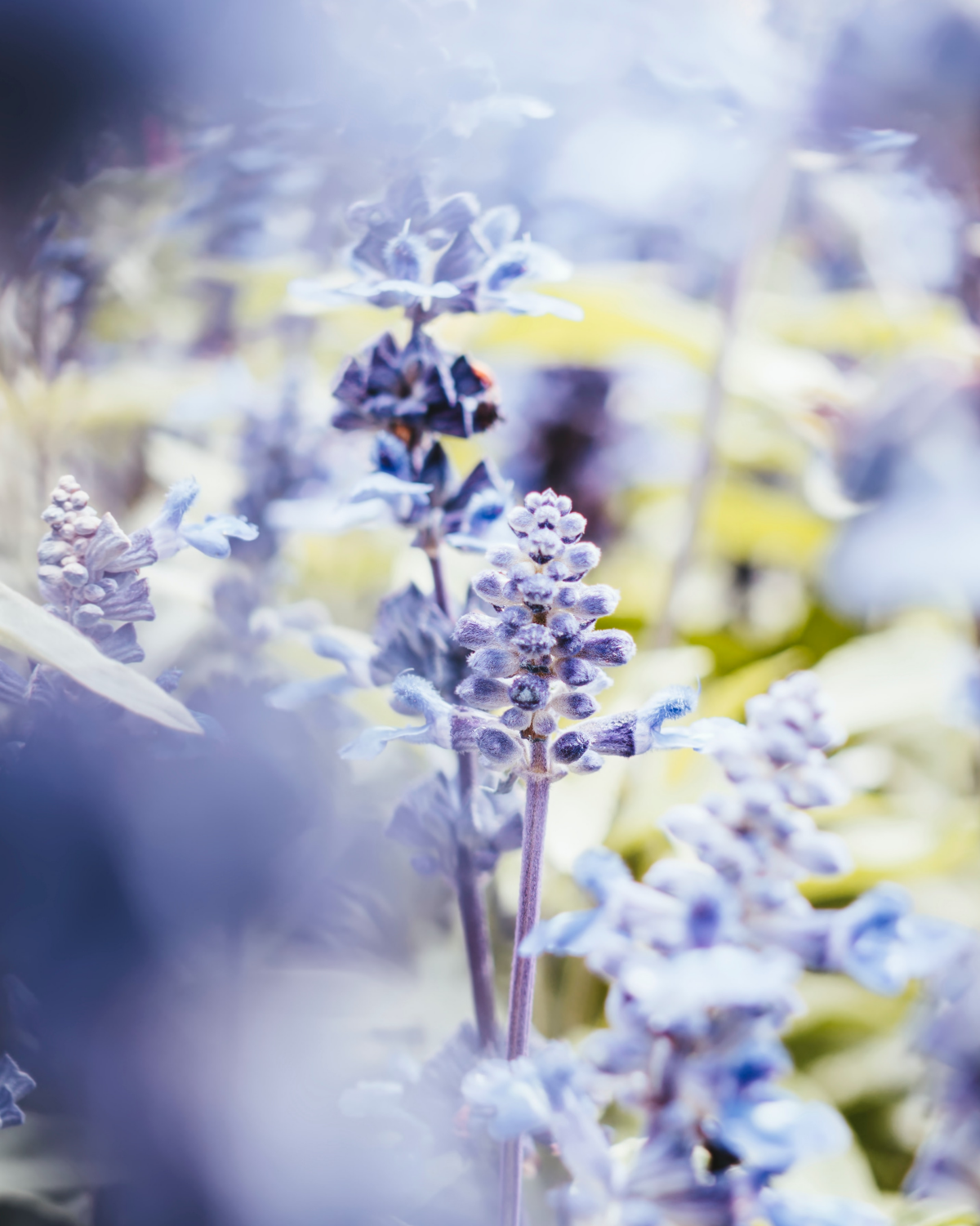
Catmint (Nepeta spp.)
Honestly, this is one of my all-time favorite landscape plants. It’s super tough, drought-tolerant, blooms for ages, and has a lovely herbal scent. The compound that cats find so attractive is also a surprisingly effective insect repellent.
- A Note on Cats: Yes, some cats will roll in it and flatten it a bit. In my experience, the plant is so resilient it usually just pops right back up.
- Pet Safety: As the name implies, it’s non-toxic and safe for cats (and dogs). They might just get a little silly.
- Budget: Very affordable. A 1-gallon pot of a popular variety like ‘Walker’s Low’ is often in the $12-$20 range.
Plants That Come With a Warning
Some of the most potent repellents need to be handled with care. I’d be irresponsible if I didn’t give you a serious heads-up on these.
Wormwood (Artemisia absinthium)
SERIOUS WARNING: This plant is highly effective because it contains thujone, which is toxic to pets and humans if eaten. I strongly advise against planting it anywhere children or pets might have access. It also releases compounds into the soil that can stunt the growth of other plants around it. The silvery foliage is pretty, but the risk just isn’t worth it for most home gardens.
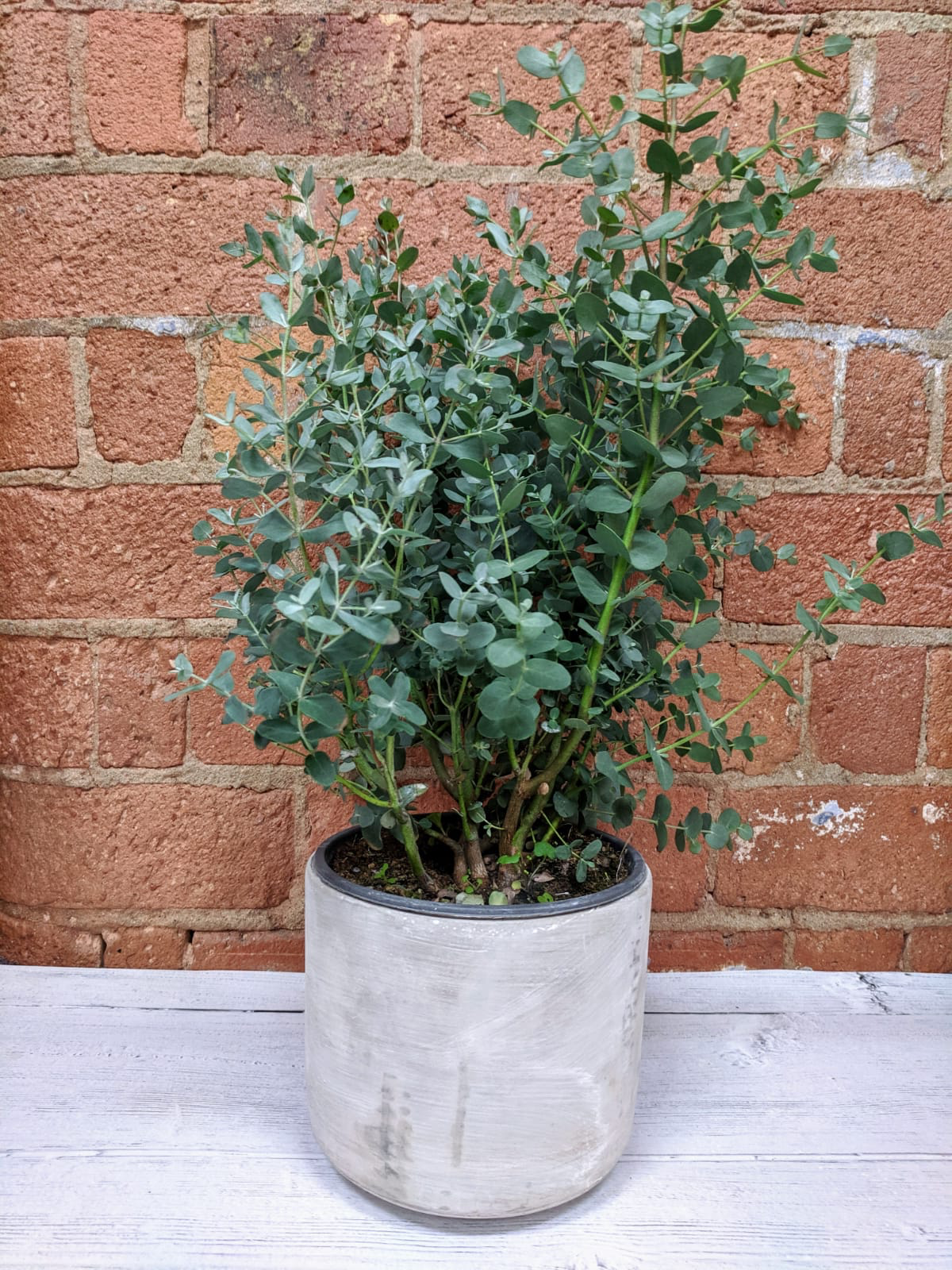
Mint (Mentha spp.)
INVASIVENESS WARNING: Mint is a fantastic repellent, but it is an absolute garden thug. Its roots spread underground and will take over a flower bed before you know it. I’ve spent entire afternoons on my hands and knees digging mint roots out for clients. Never plant it directly in the ground. The only safe way to grow it is in a container, and keep that container on a hard surface like a patio, not on the grass where its runners can escape through the drainage hole.
The Pro-Level Game Plan: It’s More Than Just Plants
Like I said, plants are just one layer. A true Integrated Pest Management (IPM) approach is the most effective way to go. It’s about using multiple tactics together, saving chemicals as an absolute last resort.
Layer 1: Change the Environment (This is HUGE)
Ticks can’t survive in dry, sunny, open areas. They need moisture and cover. So, your first job is to make your yard a terrible place for them to live.
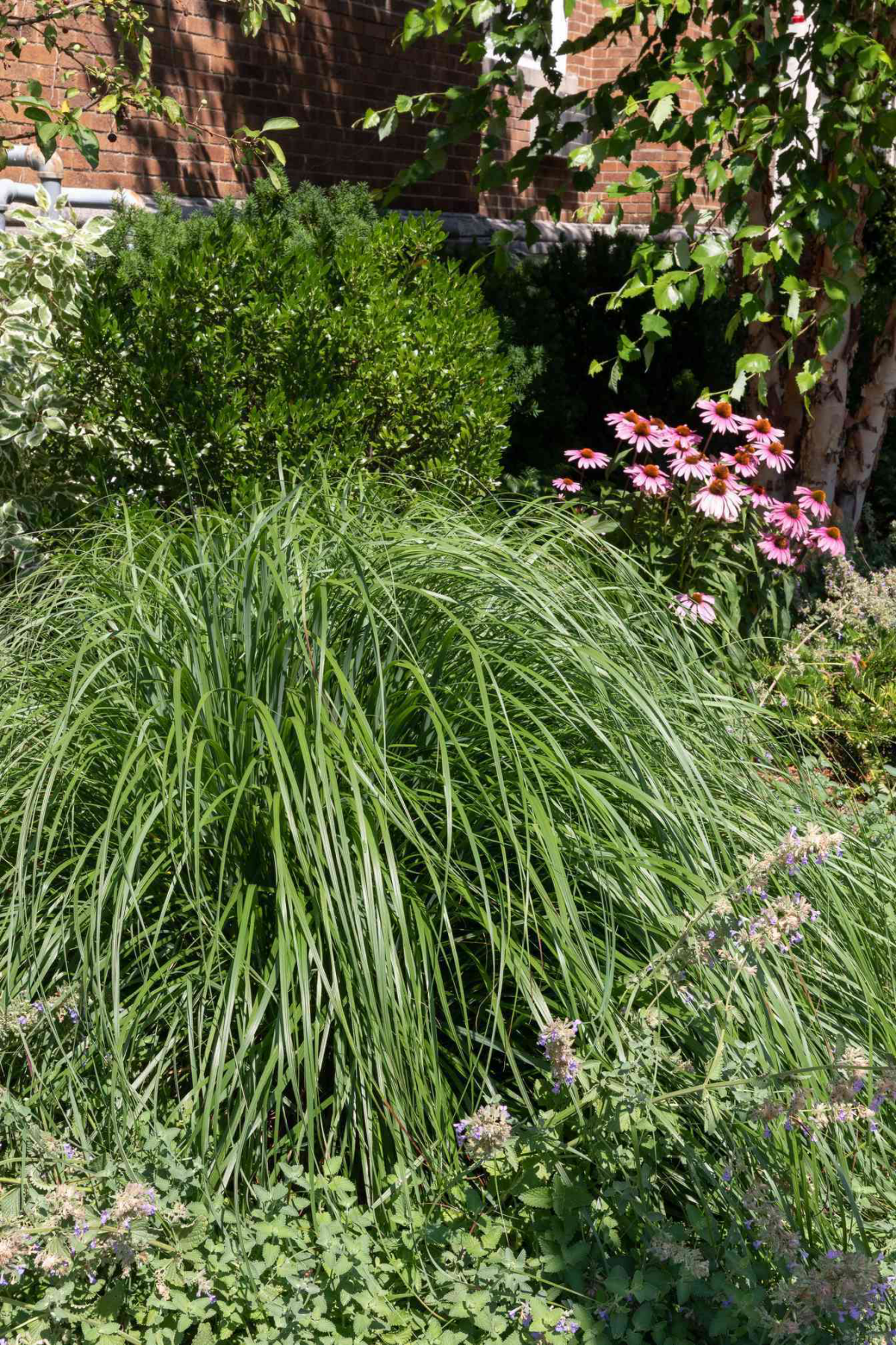
- Keep it Tidy: Mow your lawn regularly and, most importantly, get rid of leaf litter and brush piles, especially along the edges of your yard. These are five-star hotels for ticks.
- Create a Moat: Experts recommend a simple 3-foot wide barrier of wood chips or gravel between your lawn and any wooded areas. Ticks hate crossing these dry, exposed zones. A bag of wood chips can cost between $4 and $10, so it’s a cheap and effective strategy.
- Let the Sun In: Prune tree limbs and shrubs to allow more sunlight to hit damp, shady areas.
Layer 2: Strategic Planting
This is everything we just talked about. Use those aromatic plants to build your defensive zones around patios, doorways, and play areas.
Layer 3: When to Call for Backup
Sometimes, an infestation is just too severe, or you live in an area with a very high risk of tick-borne illnesses. In that case, it’s time to call a professional. A good pest control company won’t just nuke your whole yard. They’ll use a targeted approach, treating only the key tick habitats. By the way, a professional, targeted yard treatment typically costs between $75 and $200, depending on the size of your property.
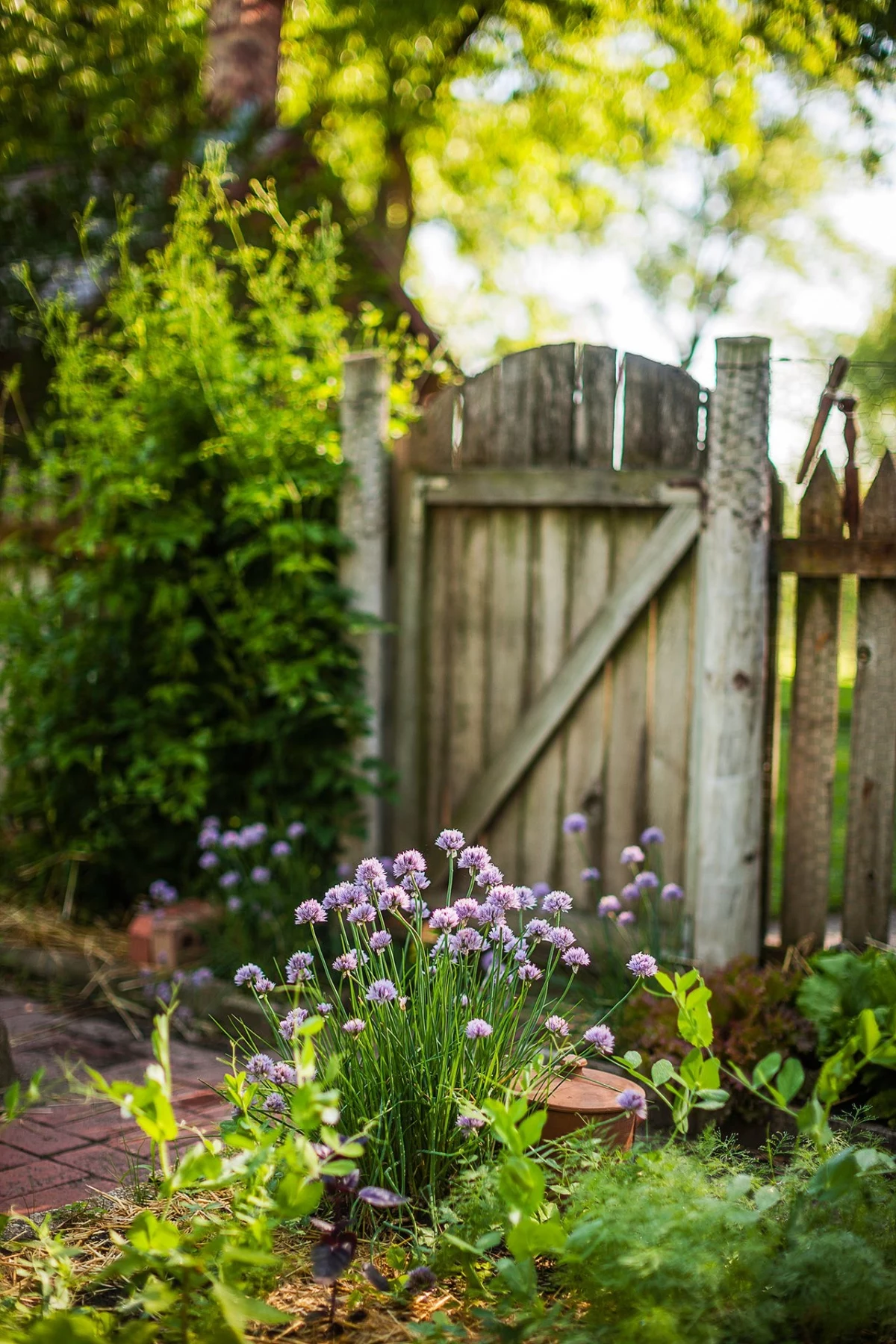
What About Balconies and Patios?
Don’t have a yard? No problem. You can create a really effective ‘balcony defense’ using containers. A few large pots with a mix of herbs can make your small outdoor space much more pleasant. The best choices for containers are:
- Rosemary: It loves the heat and reflected light from a building.
- Lemongrass: The perfect annual for a big pot.
- Marigolds: Easy, cheap, and effective.
- Mint: This is where mint shines! It’s safely contained in a pot.
Your 30-Minute Weekend Win
Feeling overwhelmed? Don’t be. Here’s how you can start this weekend in less than 30 minutes:
- Rake back leaves and debris from the edge of your patio or deck, creating a 2-3 foot clean zone.
- Go to a local garden center and buy just one pot of rosemary or catmint.
- Place it right by your most-used door or on the corner of your patio.
Boom. You’ve started.
A Final, Realistic Thought
Managing pests in your yard is an ongoing process, not a one-and-done project. By combining smart yard cleanup with beautiful, strategic planting, you’re creating a space that’s genuinely safer and far more enjoyable to be in.
But please, be realistic. No garden will ever be 100% pest-proof. Always, always, always do a thorough tick check on yourself, your kids, and your pets after spending time outside. That’s your final and most important line of defense. Taking control of your little piece of the world is an empowering feeling. Start small, enjoy the process, and you’ll build a fragrant, beautiful yard you can feel great about.










